The Lenovo ThinkPad X1 Carbon brings with it the history and the brand recollection of the ThinkPad laptops. It costs a fair amount of money. But the purists out there, this is the machine you were waiting for.
The Lenovo ThinkPad X1 Carbon’s price tag is rather surprising, which is why the performance scores that we would get from the benchmark tests would be rather important. Does the extra green get justified? Or are you paying for just the brand name?
Build & Design
The X1 Carbon is not short on exotic materials at all! That doesn’t take anything away from the fact that this machine has a very matter to fact look. The minimalistic design and layout may appear boring, but then again, ThinkPad machines have always appealed to the serious looking crowd!
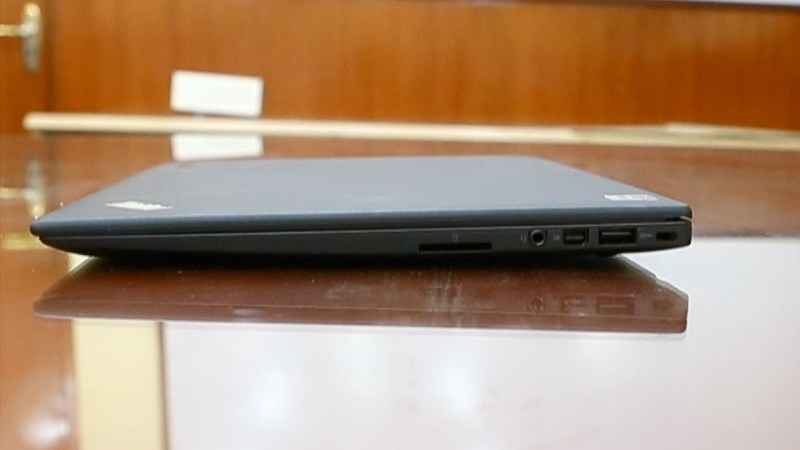 |
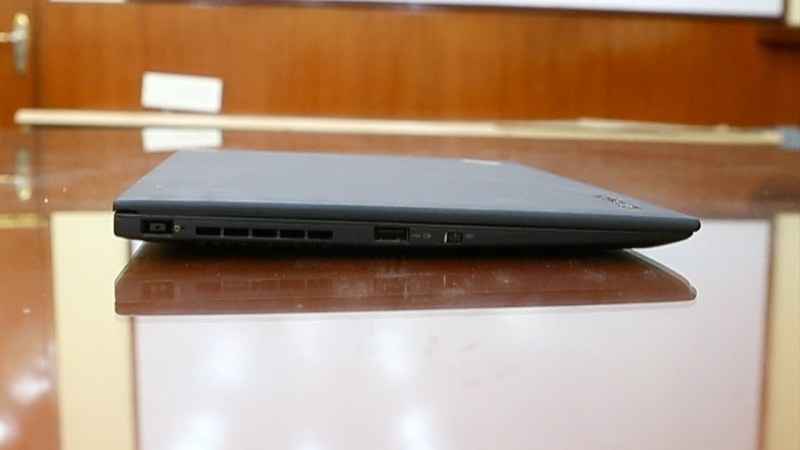 |
What impresses us a lot is the rigidity and the solid feeling the build quality offers. At 1.36kg, this machine is only slightly heavier than the likes of the Samsung Series 9 and the HP Spectre XT. However, the carbon fibre chassis with the additional layer of a roll-cage does mean that the Carbon X1 will take some amount of punishment without flinching. The lid, will only flex if you try too hard, which is something that users will not do on a daily basis. No flex on the keyboard deck, or on the underside when you pick it up with one hand. Press down in the middle of the keyboard, and it doesn’t dip, something that quite a few ultrabooks cannot claim.
The design is very thin and slim, and the matte black finish means the X1 Carbon will not be maintenance hungry, and neither will it pinch anyone’s OCD with visible scratches, scuffs, dust and fingerprints. The soft touch (rubberized finish – another way of explaining it) feels premium, but more than that, its utility is profound. You can keep the Lenovo ThinkPad X1 Carbon in your lap and not really feel the heat unlike ultrabooks with metal chassis. Secondly, using it in warm weather will not make the palmrest slippery once your palms and hands become slightly moist.
Lenovo ThinkPad notebooks have always had very edgy designs – sharp edges and borders. In this case, the same look is carried through, but slightly more rounded.
The Lenovo ThinkPad X1 Carbon’s port placement is shared between the right and the left sides. The back has been left alone, purely because it is just inconvenient to reach for connectors behind the display. On the right side is the USB 3.0 port, Display port, card reader and the 3.5mm headphone jack. On the left is another USB port, a newly designed rectangle power plug and a generous vent to keep the machine cool. The fan is not noisy for the most part. But really stress it, and the fan does let you know that it is slightly tortured.
Features & Specifications
The Intel Core i5-3427U processor clocking at 1.8GHz powers the X1 Carbon. Turbo Boost takes it to 2.3GHz. Incidentally, this is the same processor we had tested in the Fujitsu LifeBook U772. The idea behind using this processor is because the remote access features can be deployed via vPro and BIOS encryption can be deployed as well. The processor is paired with 4GB of RAM.
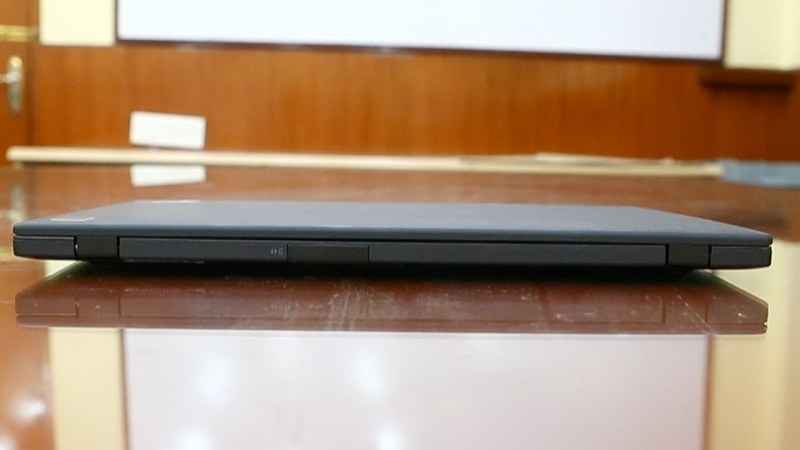 |
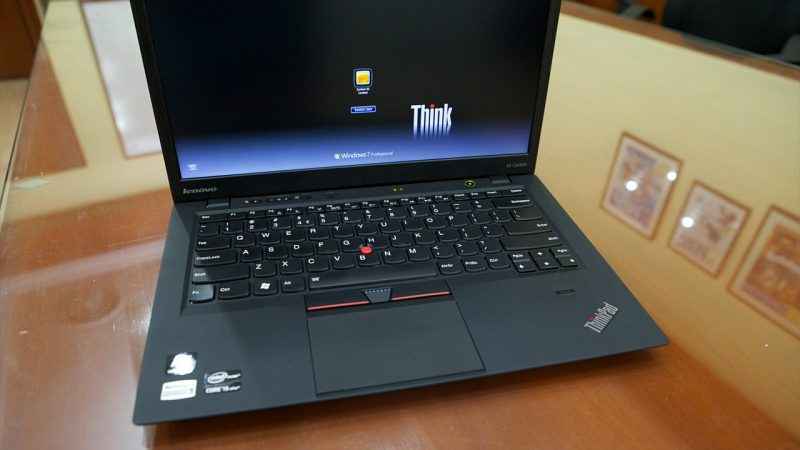 |
Where performance will really get a boost is with the 128GB SSD that the X1 Carbon packs in. No conventional HDD with an mSATA SSD for caching – plain and simple SSD and off you go.
The 14-inch display with a resolution of 1600 x 900 pixels fits in a rather thin lid, and the bezel is rather thin on the left and the right side, but surprisingly thick towards the bottom though, till the display hinge. What impresses is that the ThinkPad way of always offering non-reflective ways has not been forgotten. You can use the X1 Carbon in a brightly lit office environment or outside in the sunlight, and this one will hardly reflect 1% of the ambient lighting.
The native brightness is quite good, to the extent that prolonged use at anything more than 50% might give you serious eyestrain and a splitting headache. But, that good work is somewhat undone by the rather bad display quality. Despite the high resolution, you can clearly see the reduction in clarity as you bump up the brightness levels. Text has noise framing each single alphabet, and colour depth doesn’t look very vivid as well.
Despite a shift from the traditional wide keys on the older ThinkPad machines, the new island styled layout on the X1 Carbon is rather brilliant in terms of the overall usage experience. The spacing between the keys is excellent, but the curved design on each key makes a bit of a groove for the fingers to kind of fit in, making finger detection for each key slightly easier. There is excellent travel and feedback, and the precision are marvelous. The track point is still pretty much around, in addition to the touchpad!
Lenovo preloads the machine with Windows 7 Professional 64-bit, and thankfully, there is not too much clutter preloaded in the garb of trials or freebies. Well, it does come with a 128GB SSD, so there is not much space to waste anyway!
Performance
This is the most expensive ultrabook we have tested so far. In terms of performance, we had a fair idea beforehand since we have tested other ultrabooks with the same hardware specs. But with SSDs, you can get a real fluctuation in performance, and that can change the complexion of the benchmark scores quite comfortably. In the tests, it is a bit of a mixed bag. The PC Mark Vantage score of 9641 is considerably lesser than the 12972 scored by the Samsung Series 9 and 12176 scored by the HP Spectre XT. The score of 9651 of the Fujitsu LifeBook U772 is pretty much ensuring that the performance is the max this processor can offer.
 |
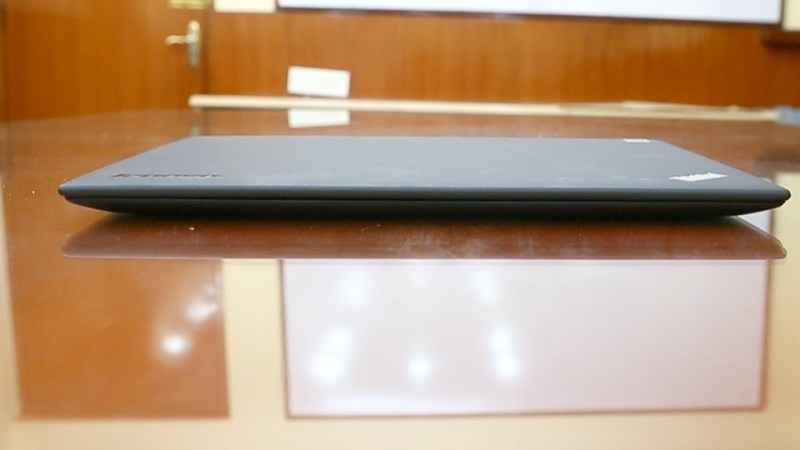 |
The SSD on the X1 Carbon is fairly quick as the test showed, but is still slightly behind the Series 9 and the Spectre XT. But that doesn’t take anything away from the performance it can and will offer. Windows boot up times, once you have cleared away the unnecessary startup items is well inside 12 seconds. And that is fantastic, and pretty much at par with the Series 9 and the Spectre XT in the same condition.
Battery life is the real crowing moment for the X1 Carbon. The tested battery life of 246 minutes is, co-incidentally, exactly the same as the Samsung Series 9, and these two are by far the best among all ultrabooks available in the market. All set for almost one full day of computing on a single charge.
Bottom Line
The Lenovo ThinkPad X1 Carbon is a very expensive ultrabook. But for what it offers as a whole, we think that is partly justified. The remaining percentage is taken up by apprehension. But the antidote for that is the ThinkPad badge, which brings with it a history of reliable, solid business-centric machines and an undoubted sense of familiarity. If this doesn’t convince you for some reason, the HP Spectre XT could be a good option for around Rs. 65,000. Or the Samsung Series 9, that is available for around Rs. 1,00,000




